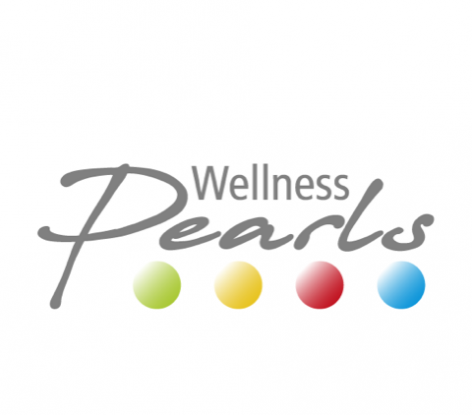Wellness dictionary
Little ABC for your spa-break questions ...
In their treatment discriptions, wellness hotels often use technical terms, which are hard to understand for potential guests. We have therefore collected and defined the most relevant terms in our small wellness ABC. A tip: Our wellness dictionary also supports word requests. You don't need to know the exact wording.
Select letters or search term:
Shiatsu
Shiatsu - What does it mean?
Shiatsu is a Japanese pressure massage that promotes the flow of energy along the meridians. Shiatsu literally means "finger pressure", and the roots of the holistic Japanese massage technique lie in the Chinese Tuina massage and the Japanese Anma massage.
Shiatsu is based on the concept that Qi, the life energy according to Traditional Chinese Medicine, flows through the meridians throughout the body. These meridians are connected to the surface of the skin at certain points. The body can therefore absorb energy particularly well at these points. This energy flow has effects on the functioning of the corresponding organs. If an imbalance in the flow of qi occurs at one point, both physical and psychological complaints can occur. The aim of a Shiatsu massage is therefore to bring the energy flow back into balance and to activate the body's self-healing powers.
Shiatsu - History of the massage
Shiatsu originates from Japan's attempt to play a role in the new western health care system. The first forms of Shiatsu massage are based entirely on Western concepts. The early variants therefore do not include the meridians or the "five elements" doctrine. Further developments were based on ideas from traditional Japanese medicine. This form of Shiatsu, based on Western concepts and fused with Japanese tradition, dominates in Japan today. There are many variations of Shiatsu massage forms outside of the country of origin.
While acupuncture and Traditional Chinese Medicine, for example, can look back on a history of more than a thousand years, Shiatsu is thus a comparatively young treatment method. Shiatsu was recognised by the Japanese Ministry of Health in 1964 as a treatment method in its own right and defined as "a form of manual treatment performed with the thumbs, other fingers and the palms of the hands, without the use of any instruments".
Shiatsu - the Japanese massage therapy
Shiatsu is considered a therapy where diagnosis and immediate treatment are possible. If the masseur feels tension, imbalances or tenseness during a Shiatsu massage, for example, he can directly remedy it. This form of therapy is called "shindan soku chiry? in Japan, which means "diagnosis and immediate treatment".
Shiatsu massage - How is it structured?
The massage is not only done with the fingers, but also with the palms of the hands, elbows and feet. Shiatsu is performed on a soft mat on the floor in calm, flowing movements. The patient is fully clothed. The clothing should have long trouser legs and long sleeves and should not contain synthetic fibres because of possible electric charges. The Shiatsu therapist works with deep pressure along the energy lines, the so-called meridians, which are also known from acupuncture. Shiatsu requires from the practitioner, in addition to the technique, a respectful attentiveness towards himself and the client. Shiatsu is also a method related to acupressure.
How does the Shiatsu massage work?
Through the gentle, deep pressure on the skin, a Shiatsu massage is intended to eliminate internal dysfunctions and to promote and maintain health. Shiatsu is also supposed to promote healing in cases of specific complaints such as stress and nervousness, circulatory problems and headaches, as well as fatigue and lack of energy or disorders of the vegetative nervous system. By stimulating and harmonising the flow of energy, blockages can be dissolved, the self-healing powers are activated and physical and mental balance is promoted. It also has a positive effect on breathing, mobility and blood circulation.
Shiatsu - when is the right time?
Shiatsu can be performed for the treatment of acute complaints or as a preventive measure to actively improve one's own physical sensation. Shiatsu treatments are used for example for the following complaints:
- Concentration problems
- Stress
- Nervousness
- Headache / migraine
- Digestive problems
- Circulatory disorders
- Circulatory disorders
- Muscle Tensions
The role of the therapist in Shiatsu
In addition to the physical massage, the direct encounter between therapist and guest also plays an essential role and should take place from the Hara. The Hara is the body zone that presents the inner centre of an individual and is located below the navel. Therefore the therapist must be aware of his own centre and focus on it in order to maintain a mindful approach to the patient.
Related topics: Acupressure Bare foot path Bio Release Head Massage Chakras Chi Yang Chiropractic Manual lymphatic drainage Massage Meridians Osteopathy Qi Qi-Massage Rolfing Traditional Chinese Medicine (TCM) Tuina Massage

